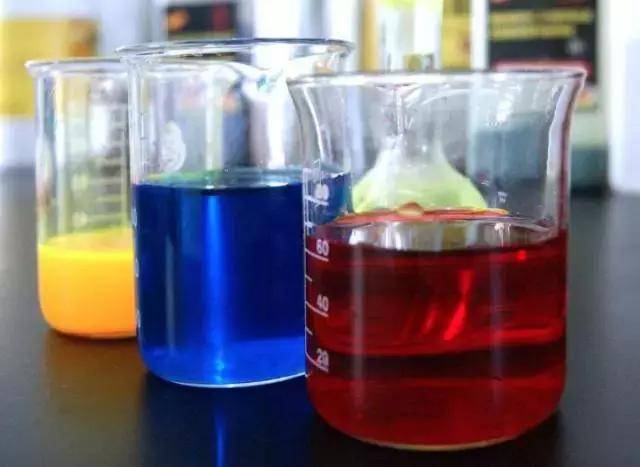Foam height test is a common evaluation method. The defoaming effect of defoamer is evaluated by mixing the defoamer with surfactant solution, injecting it into the container, and measuring the change of foam height in the container. During specific operation, add a certain amount of defoamer to a certain amount of liquid, and then observe the stability and defoaming speed of foam within a certain time. The faster the defoaming speed and the more unstable the foam, the better the defoaming performance of the defoamer.

Centrifugal and filtration methods are commonly used to evaluate the dispersibility of defoamers. The centrifugation method involves adding defoamers to water and centrifuging the mixed liquid using a centrifuge. Based on the different relative densities of the liquid, the liquid is divided into different layers, and the distribution of defoamers in different layers is observed to evaluate their dispersion performance. The filtering method involves adding defoamers to water, filtering through a filter, and evaluating their dispersibility based on the filtration rate and residue.
Evaluate through solubility testing. Add a certain amount of defoamer to a certain amount of solvent at different temperatures, shake or stir for a certain period of time, and then measure the weight or concentration of the remaining undissolved defoamer to evaluate its solubility.
Surface tension testing is the main method for evaluating the surface activity energy of defoamers. The effect of defoamers on liquid surface tension is measured using dynamic and static methods such as interfacial tension meter, ring method or equilibrium method, bubble pressure method, etc. The lower the surface tension, the better the surface activity energy of the defoamer, and the corresponding defoaming effect is enhanced.
Chemical stability: Place defoamers in different chemical environments (such as acidic alkaline, oxidizing, and reducing), observe their appearance, measure changes in pH value, viscosity, surface tension, and other indicators to evaluate their stability in different chemical environments. Observe whether the physical properties of defoamers, such as morphology, color, odor, etc., have changed under different temperature, humidity, and other conditions, as well as whether layering, precipitation, and other phenomena have occurred. Evaluate the durability of defoamers by measuring their performance changes after prolonged use or storage. The changes in defoaming performance, surface tension, pH value and other indicators of defoamers can be measured at different time periods or temperatures. Evaluate the environmental friendliness of defoamers through acute and chronic toxicity testing. Acute toxicity testing can be conducted through animal experiments or cell culture methods to evaluate the acute toxicity of defoamers to organisms; Chronic toxicity testing usually requires long-term exposure or long-term consumption to evaluate the chronic toxicity of defoamers to organisms.
In addition to performance and stability, the economic benefits of defoamers are also important aspects for evaluating their advantages and disadvantages. The economic benefits of different defoamers can be evaluated by comparing their production costs, usage costs, and the economic benefits they bring.
In summary, evaluating the performance and stability of defoamer products requires comprehensive consideration from multiple aspects, including defoaming performance, dispersibility, solubility, surface active energy, chemical stability, physical stability, durability, environmental friendliness, and economic benefits. The selection of these evaluation methods and the control of experimental conditions are crucial to ensure the accuracy and reliability of the evaluation results.

 English
English
 Chinese
Chinese Vietnamese
Vietnamese
 HOME
HOME
 PRODUCT
PRODUCT
 NEWS
NEWS
 CONTACT
CONTACT


